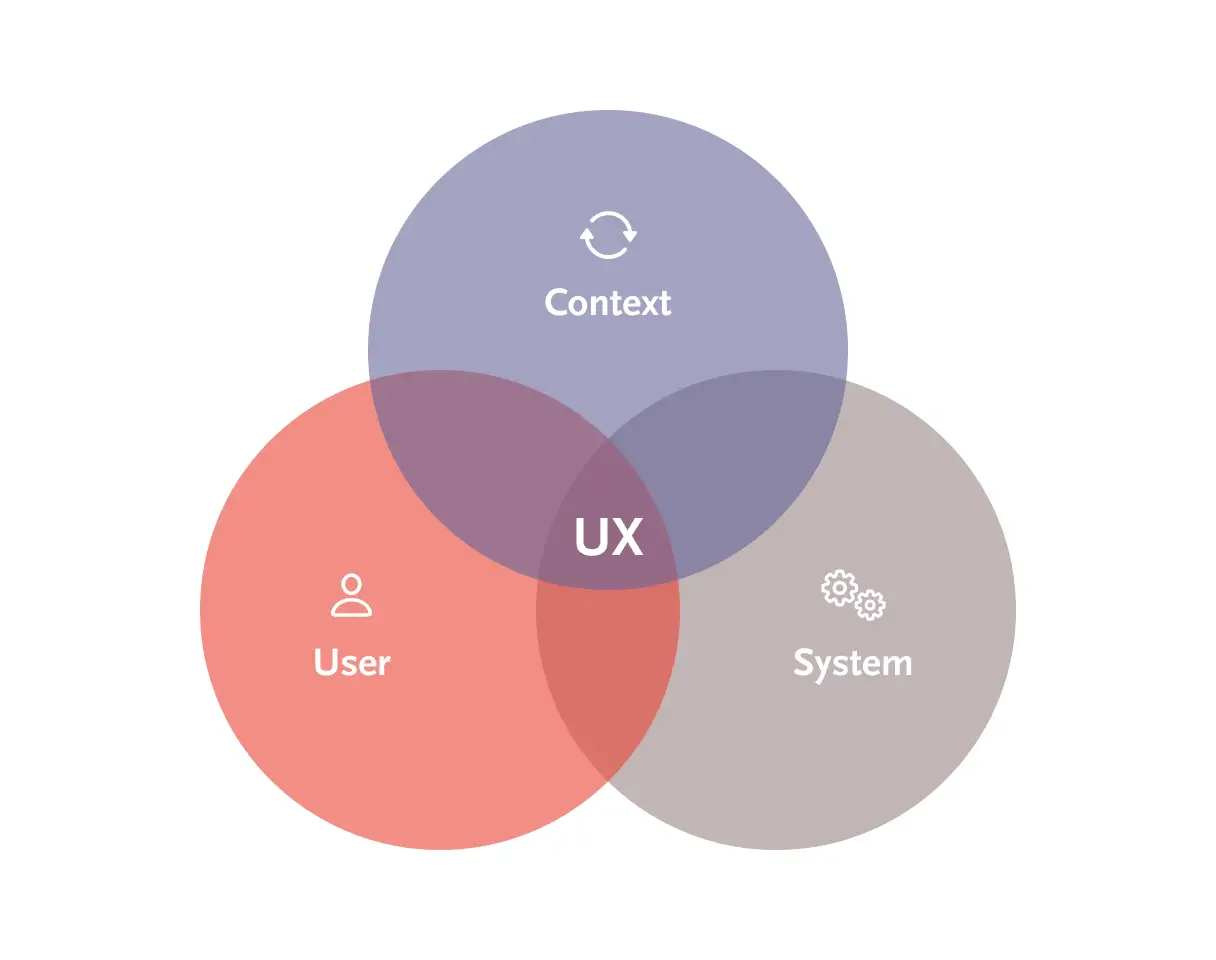UX stands for User Experience.
A user is typically a person who uses a product (either physical or virtual). For example, you use Gmail to send/receive an email to/from people. So, that makes you a user of the product, Gmail.
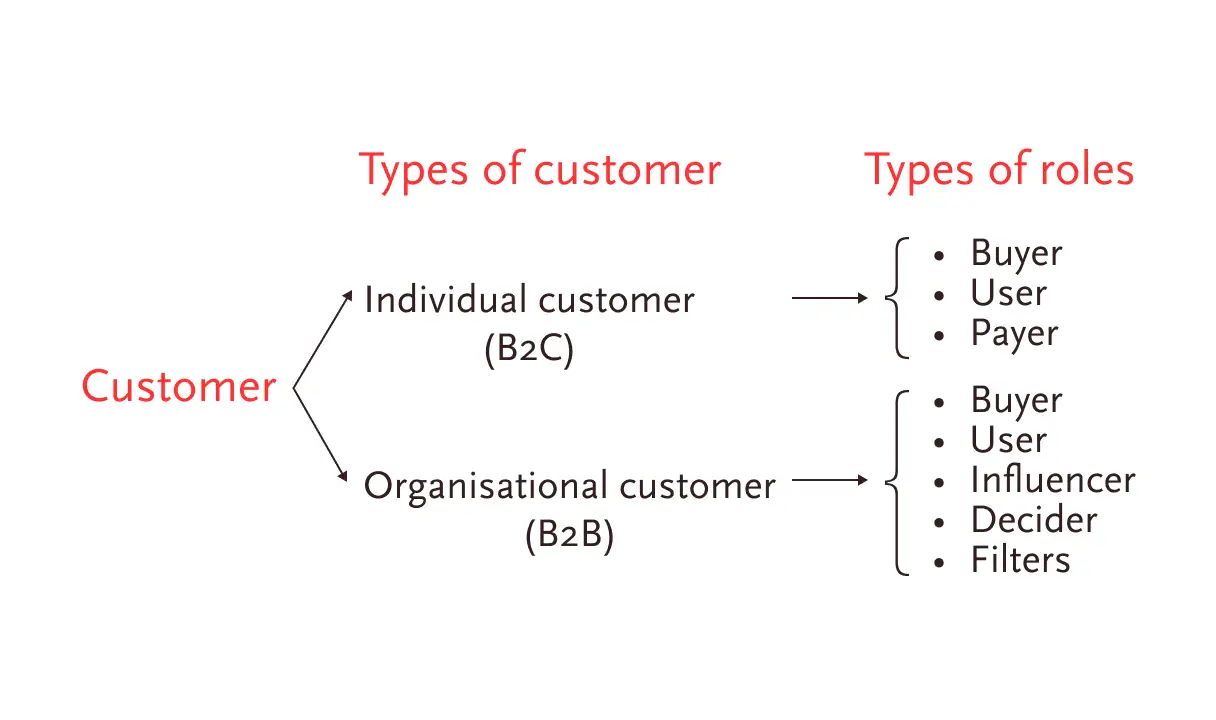
Now, let’s talk about the “experience” part. How do you interact with Gmail? You click on the “compose” button to write an email, tap on an email to see its detailed view, swipe left/right to archive it, long-press to select it, or perform other actions such as forward, reply, delete, etc.
All these interactions along with other elements such as buttons, colors, fonts, animations, etc., guide you to view this product and act on it (or supposedly experience it) in a certain way. And they either help you to perform your tasks efficiently or they don’t.
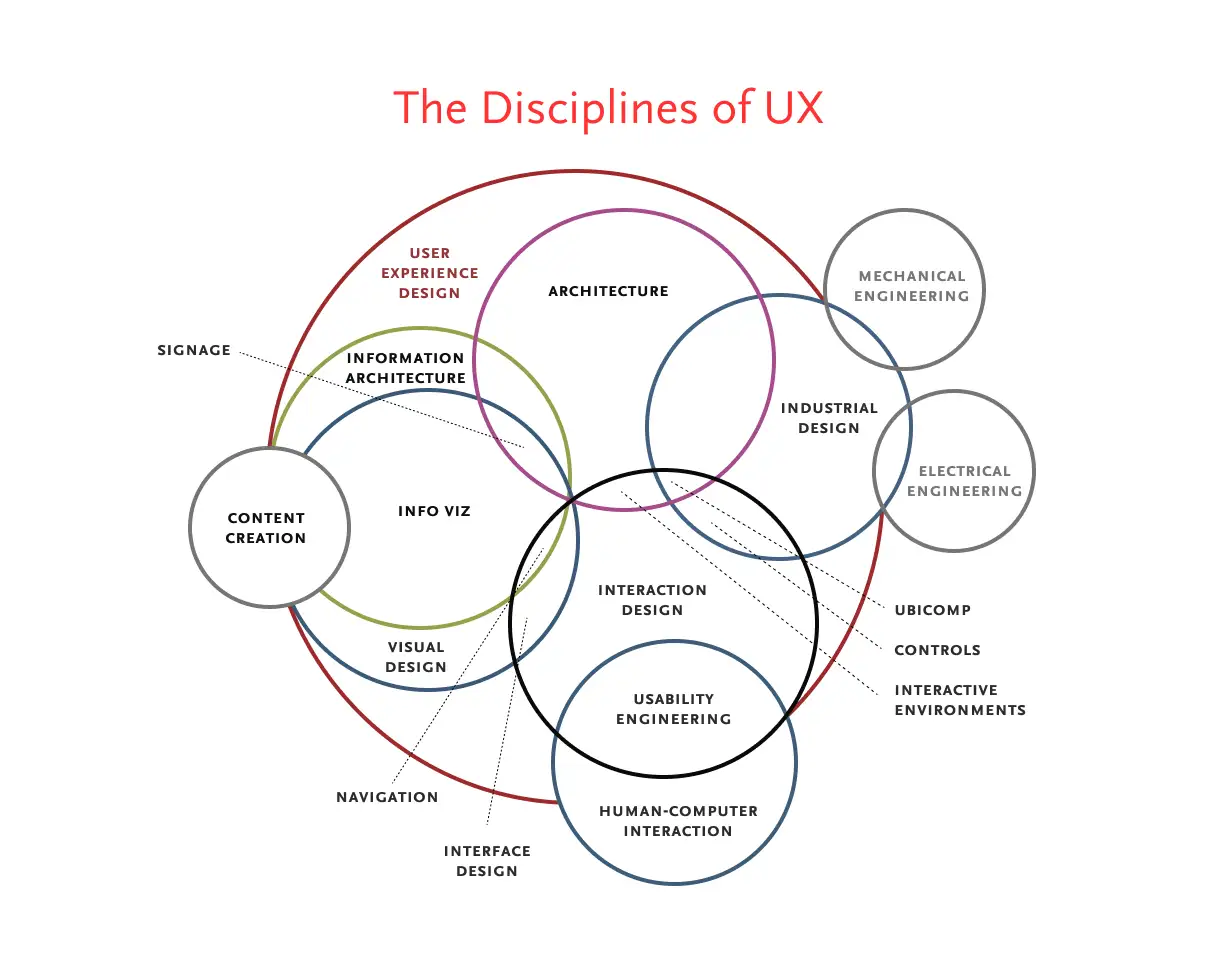
Now, the people who make all these design decisions on your behalf are usually called UX or User Experience designers. And what they create is called a UX design or User Experience Design (UXD).
But Can You Really Design a UX?
Look, no two people are alike and every individual brings their own unique experiences while using a product. So the burden of the experience is always on the user. And their own attitudes, biases, capabilities, past exposures, perceptions, strengths/weaknesses, environment and hundreds of other factors make or break their experience. You, a UX designer, can’t control these variables.

For example, a tech-savvy user who has used an email client before would find it relatively easy to use Gmail. Whereas someone who has never sent an email in his life will find it difficult.
So it’s not entirely up to you to create a user experience. And even though organizations ask you to create one, you can’t. What you can do is: you can facilitate the user experience. You can create the first half of the user experience i.e., design the product or service. But ultimately it’s the user who is gonna experience the actual experience of user experience.
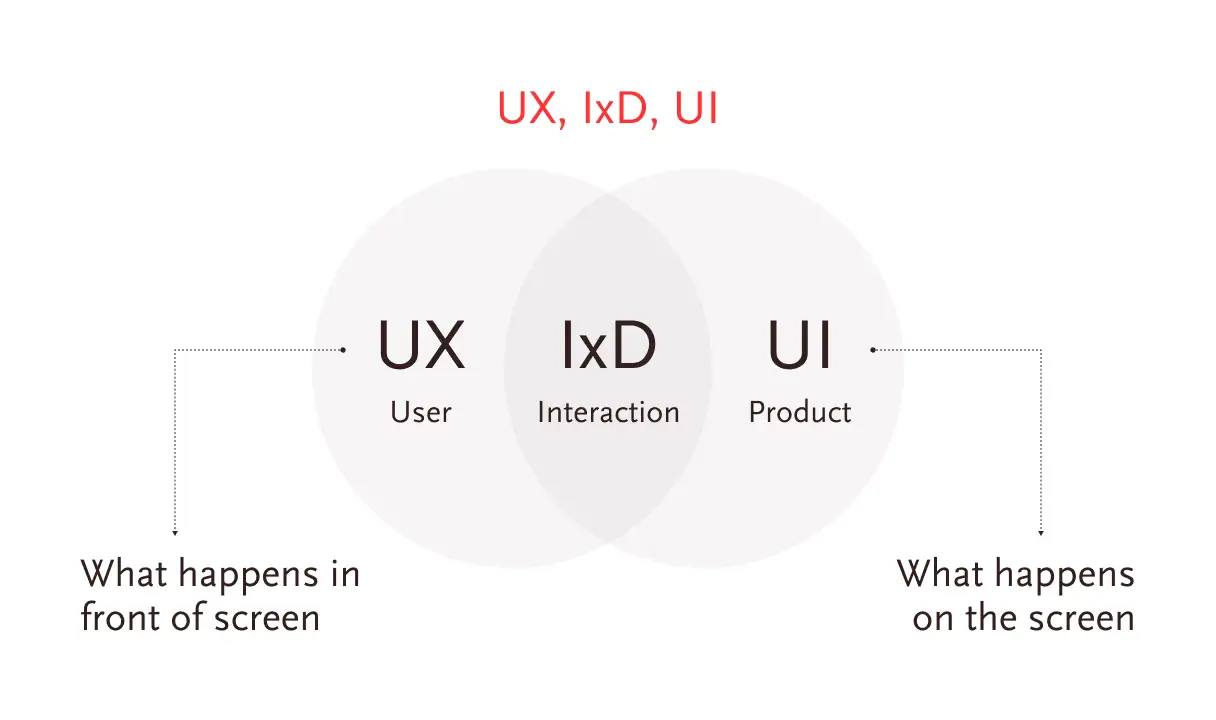
But Can You Even Design the First Half of UX?
Although you are the UX designer, you aren’t solely responsible for facilitating the user experience. You’re just another small (and in most cases insignificant) cog in a big machine. Even the designs you’re so proud of aren’t completely yours. The fonts, icons, grids, etc., are usually copied — as are color themes, animations, and interactions.
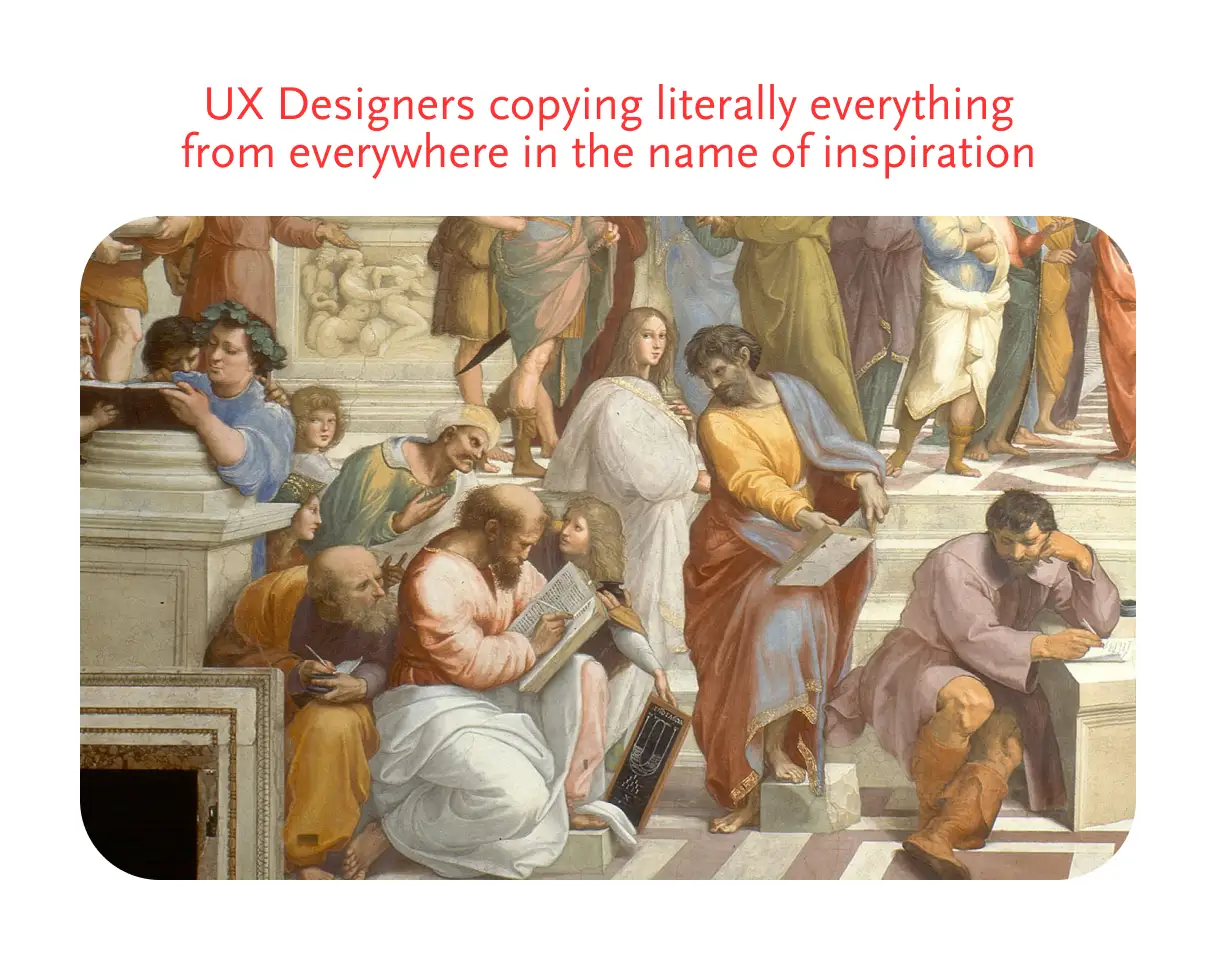
Then there are front-end developers who code your designs, programmers who write the backend, QA people who test the product, and marketers, who promote it among others. And all these people’s collective efforts actually facilitate the user experience, right? So what sense does it make to call an individual a User Experience designer at all?
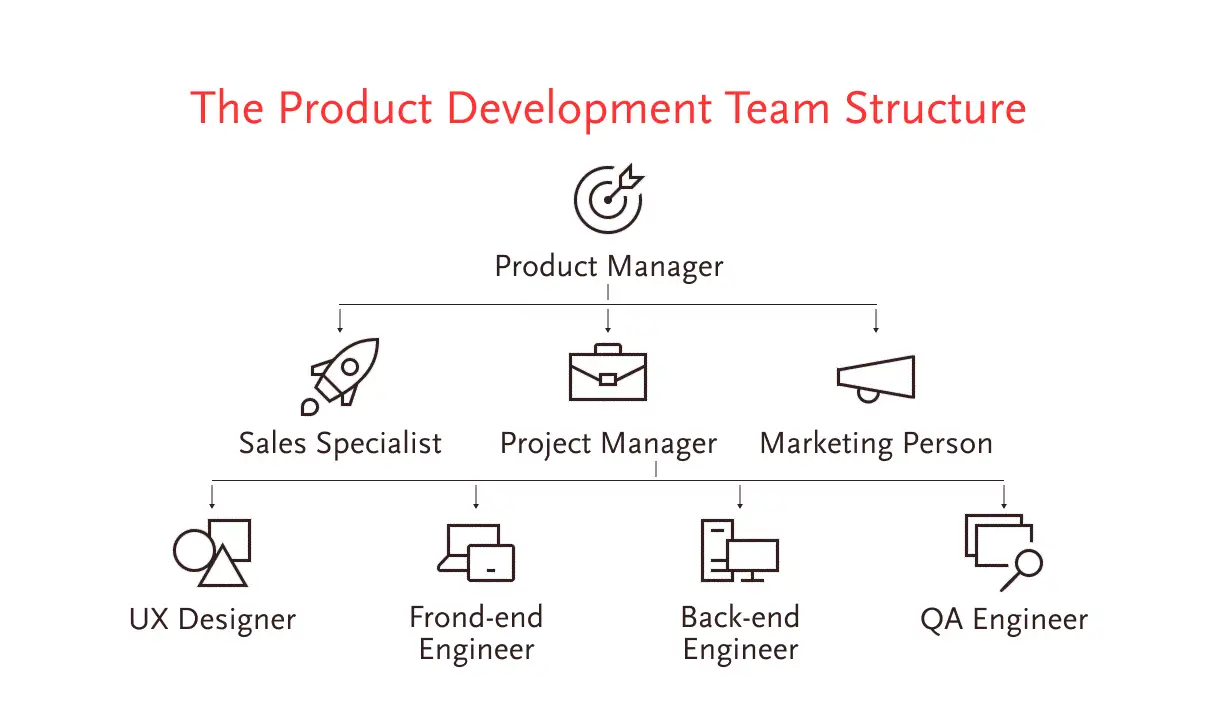
So Why Do We Call Someone a UX Designer?
Because UX designers are the one and only true representative of users (people) in any organization. Period. They
- understand their users and their needs better than anyone else, and
- think from their perspective, and
- fight for their rights, and
- put them front and center of every decision.
But understanding users and then building a solution for them is not a one-man job. That’s why UX designers have to collaborate with internal (co-workers, colleagues, higher-ups) and external stakeholders (users, customers, clients), and bring them together to get stuff done. So a UX designer acts like a mediator, or a bridge who connects them together.
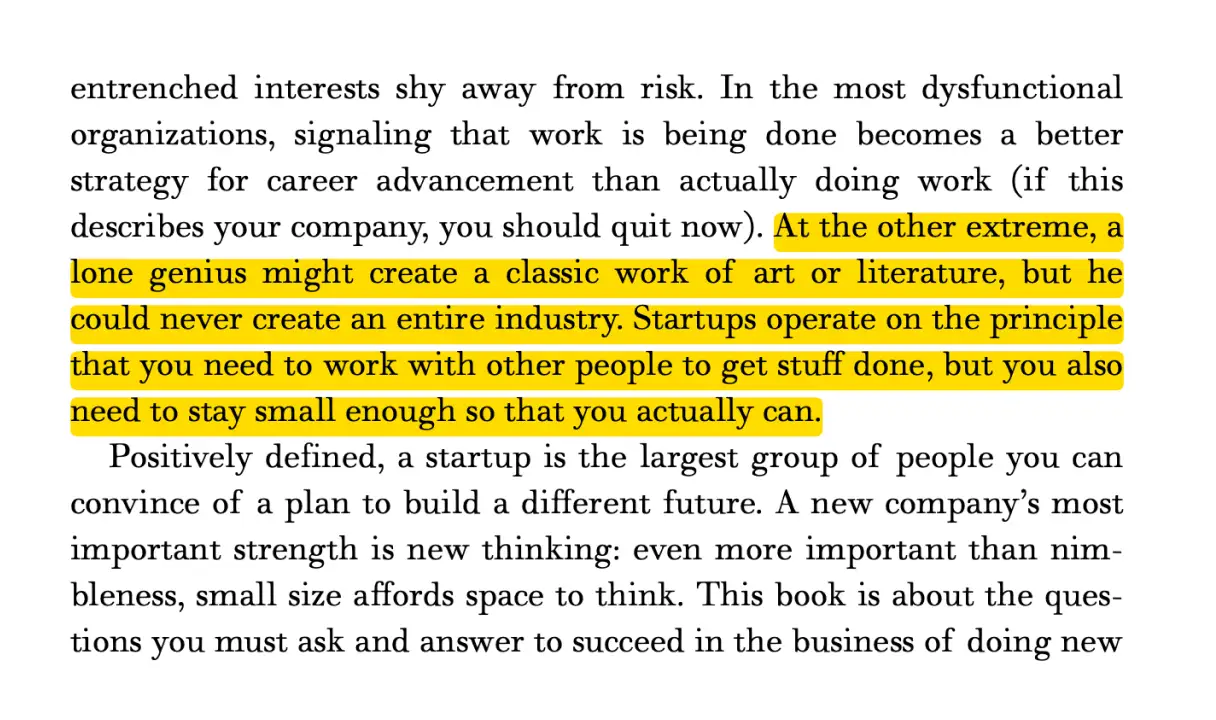
Look, typography, color theory, graphics, motion, interaction, engineering, quality assurance, marketing, etc. all these are areas of specialization. And although UX is borne out of technology it’s not a technological field. UX designers are more interested in learning how people use technology rather than the technology itself.
And that’s why they lean more towards subjects like psychology, sociology, philosophy, history, etc. and soft skills such as storytelling, collaboration, negotiation, presentation etc. to learn how to facilitate a good user experience. Therefore they’re aptly called user experience designers.
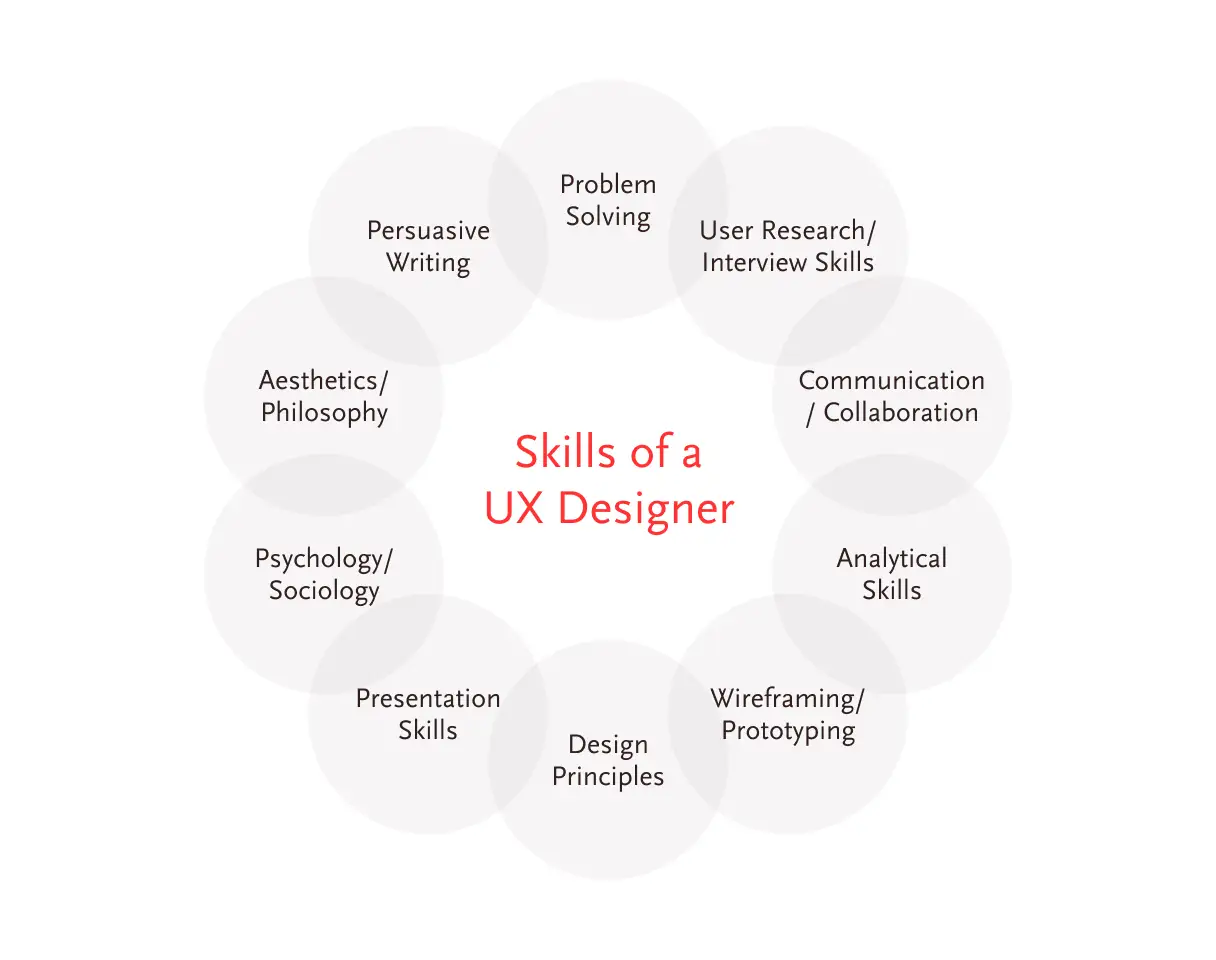
But Aren’t the UX Designers Also Product Designers?
They are usually, but not necessarily. UX is an overarching term that goes far beyond a product. UX starts way before people find your product and continues after they no longer use it. Even if we focus only on design, then UX encapsulates product, motion, interaction, UI, and a couple more design specializations. So UX is a giant superset and is not limited to the product only.
Nowadays, a product wants to be wherever the users are. So organizations create multiple touchpoints where they meet their users and therefore you hear terms like multichannel and omnichannel.
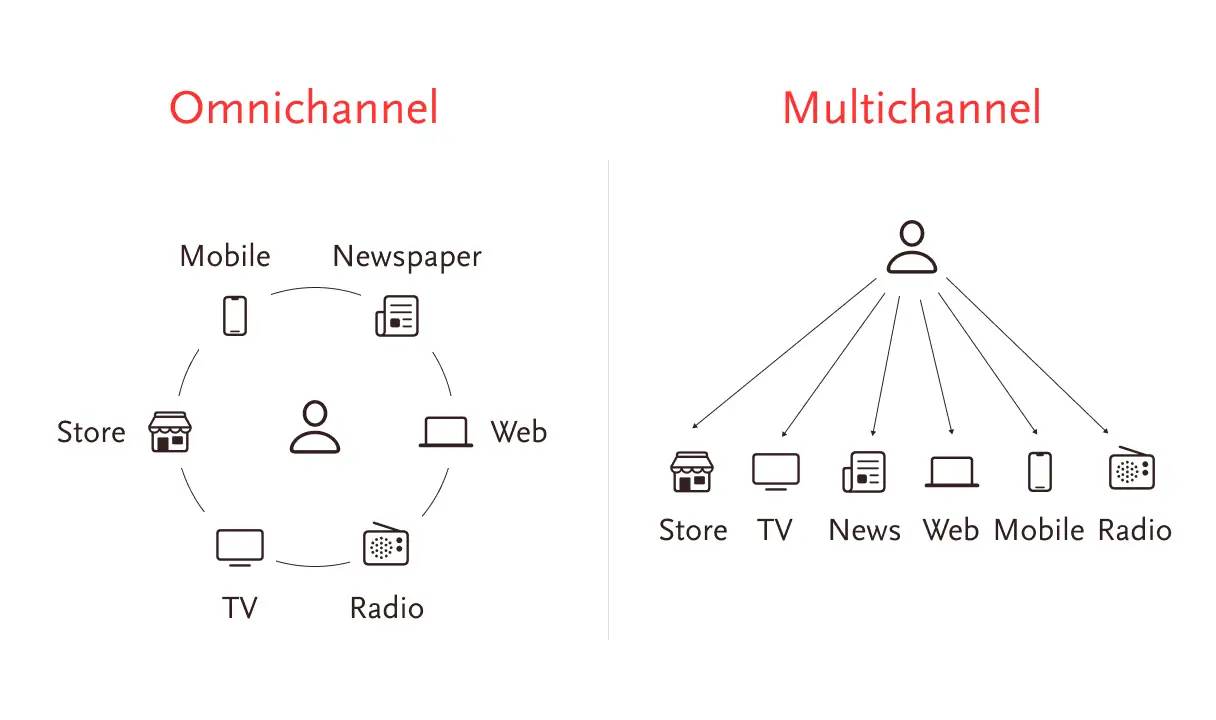
For example, my kids’ school workbooks have a barcode at every chapter. And they use my phone to scan it, which lands them on a website where they can do interactive exercises in a fun way. When they are finished, the website asks them to download their app to find even more interesting stuff and track their progress. So they install it and create their account there. And for doing so, they receive a stationery gift voucher that they can redeem on their physical store.
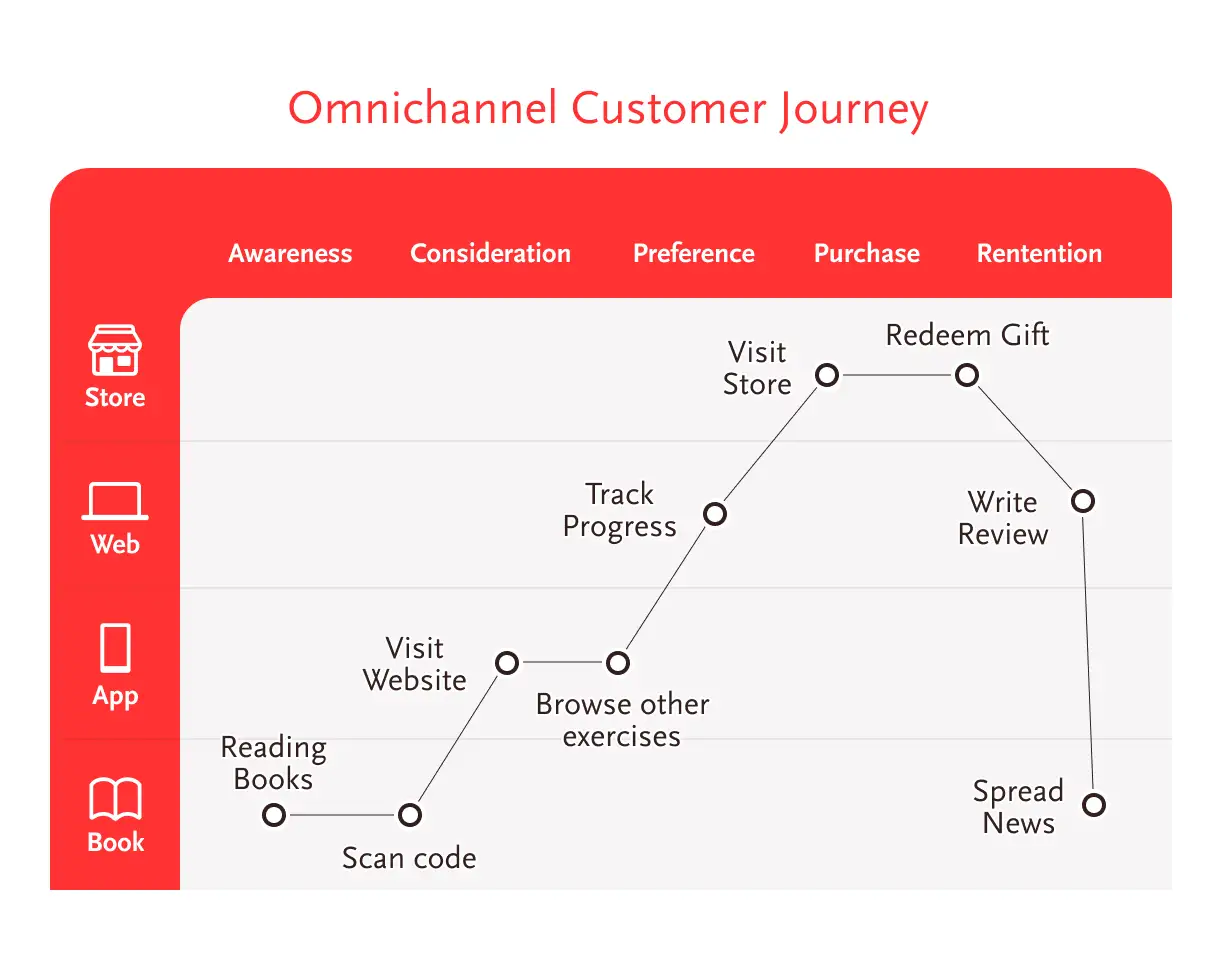
Now, you can see how businesses create a whole ecosystem around users where they introduce their different products using various channels. So, UX design’s scope is way broader than other types of design. And it includes
- building a useful and easy to use product, or
- designing a thoughtful marketing campaign, or
- providing the best unboxing experience.
So don’t get confused when you hear all these esoteric terms. They keep changing now and then. UX started as HCI in the ’80s and then became Interaction Design in the ’90s, and then Web Design in the ’00s, and then Product Design, Creative Design, Experience Design and God knows what it’ll become in the future.
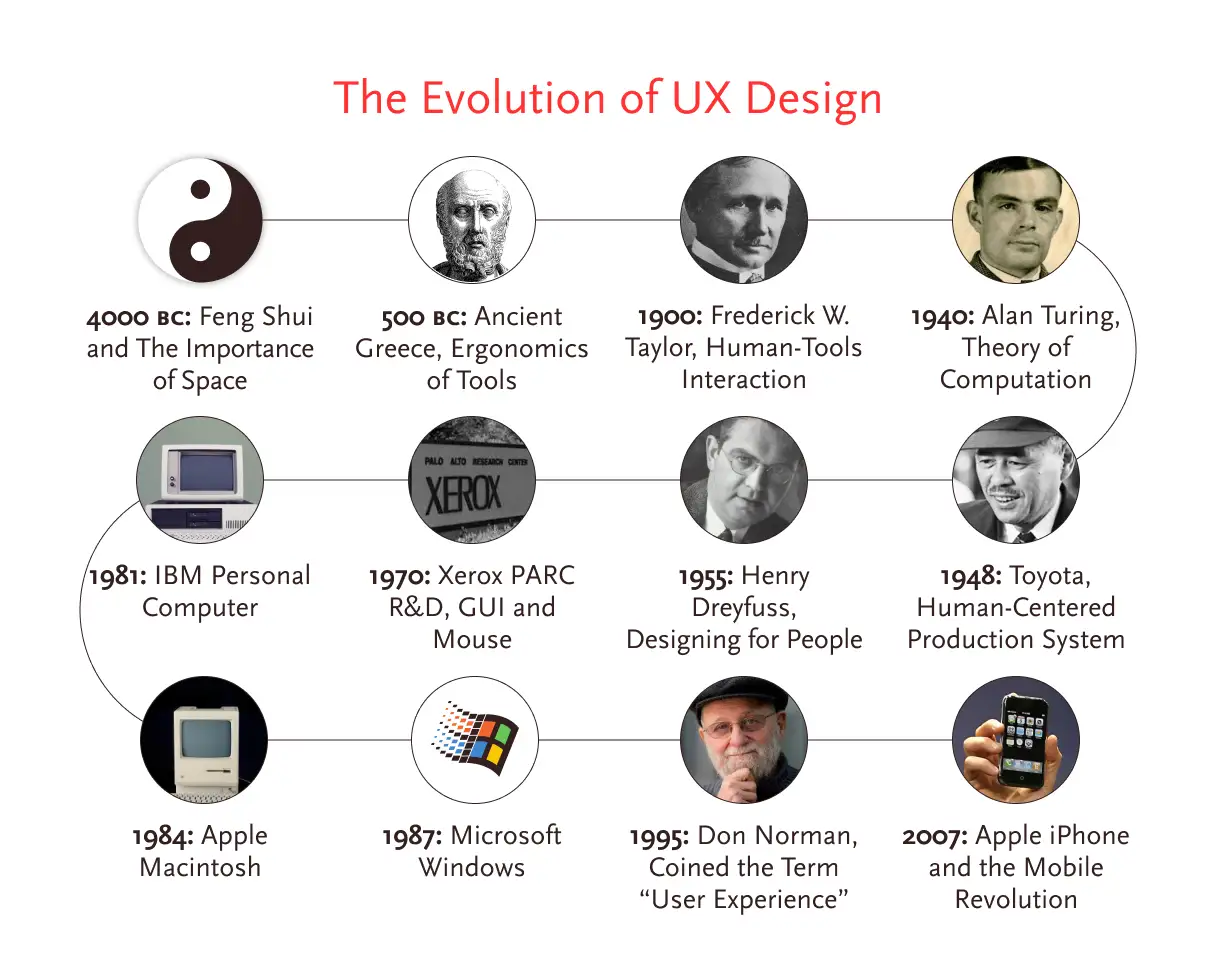
So What Should You Aim For?
Most UX designers start their journey as a design generalist, no matter what they want to become. It gives you a solid design foundation and better prepares you for the future so that you can make an informed decision later.
Once you spend a couple of years as a generalist, you automatically start to gravitate towards a particular skill where you want to go deep. That’s your natural interest and may be a good path that you want to pursue.
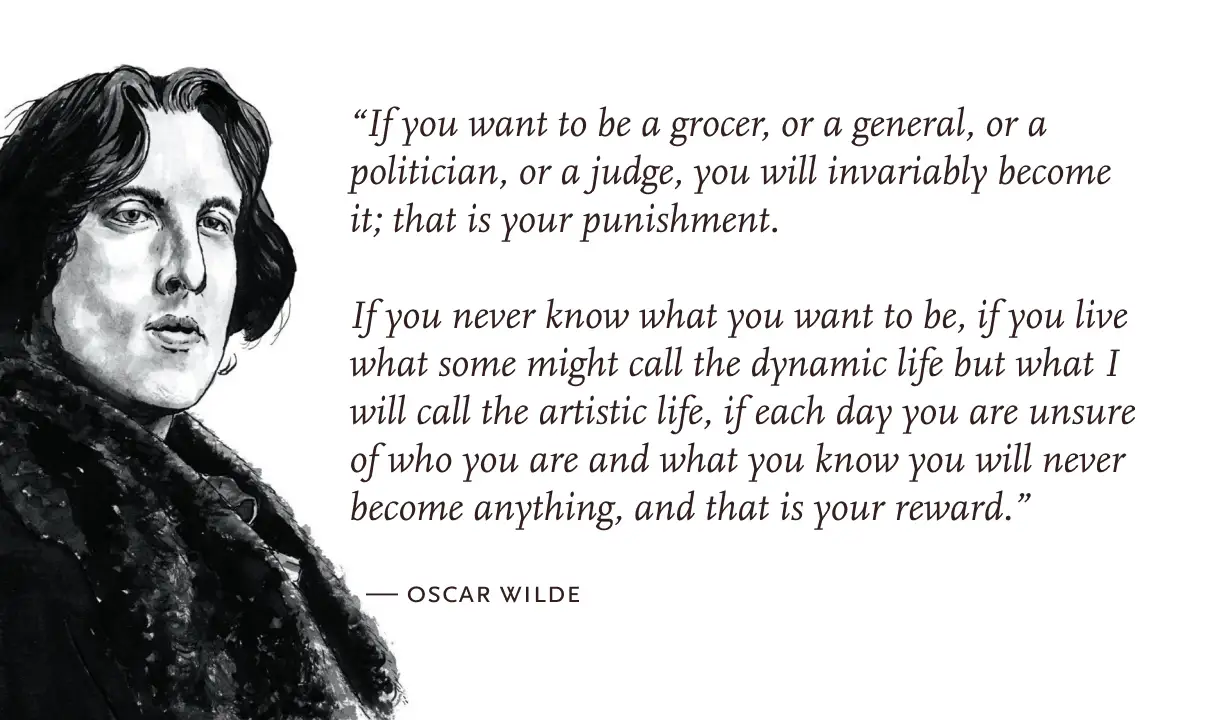
But whatever the specialization you choose, always learn how to make something beautiful and keep an eye for aesthetics. Most organizations prefer UX designers who can wear multiple hats, and they judge you on your visual skills. And who can blame them, what’s seen is sold, right?
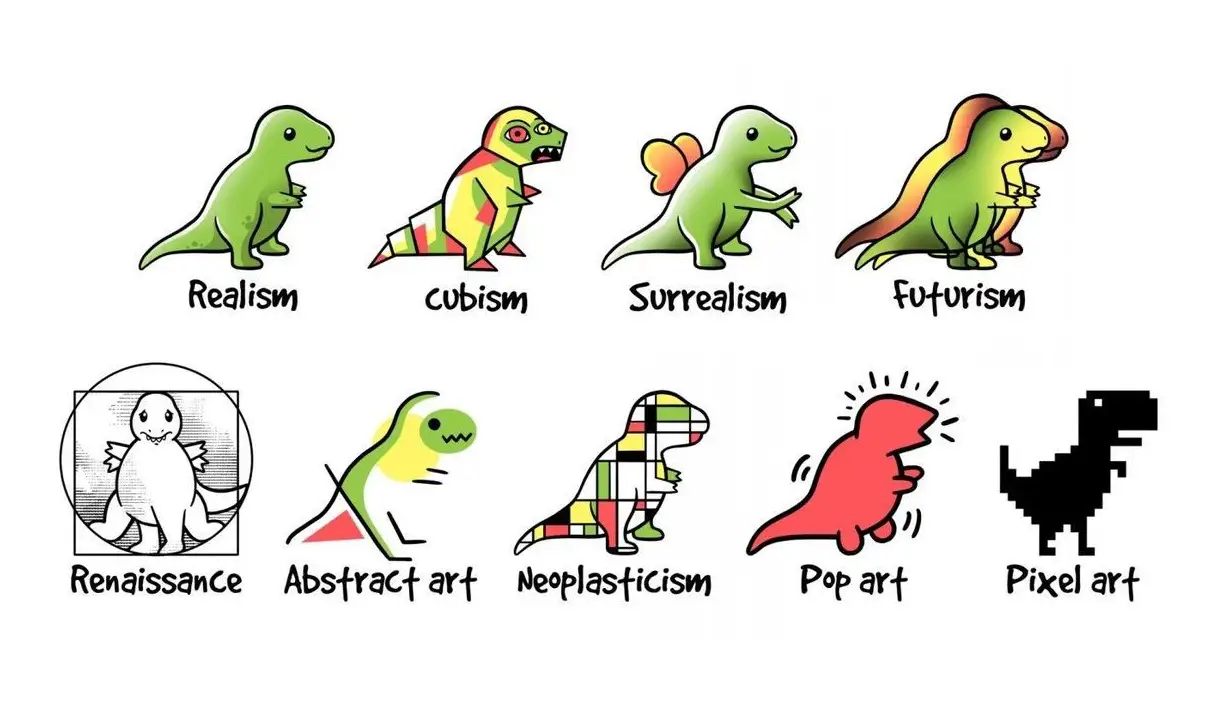
And that’s the reason you see all these “UX/UI designer” jobs in the market and a ton of articles explaining how these are two different subjects. But guess what? Organizations already know this, they just want someone who can do both. It’s hard to sell UX alone, that’s why you should learn UI.
What Shaped-designer Do You Wanna Become?
There are generally 3 types of UX designers:
- Generalist or Dash-shaped
- Specialist or I‑shaped
- T‑shaped

A generalist UX designer has a breadth of knowledge in a lot of areas. But a T‑shaped UX designer possesses depth of knowledge in one particular area along with a breadth of knowledge. The specialist UX designers usually join UX after having a specialization in any particular area such as psychology, sociology, anthropology etc.
There are other UX Designer types that have popped out recently like M‑shaped, Pi-shaped, Comb-shaped, E‑shaped, X‑shaped, among others.

Whatever the shape you belong to, just make sure to learn the design fundamentals and create your own style. Because fashion comes and goes but style lasts forever. Just do the work you love, and all the pieces will fall into place.
